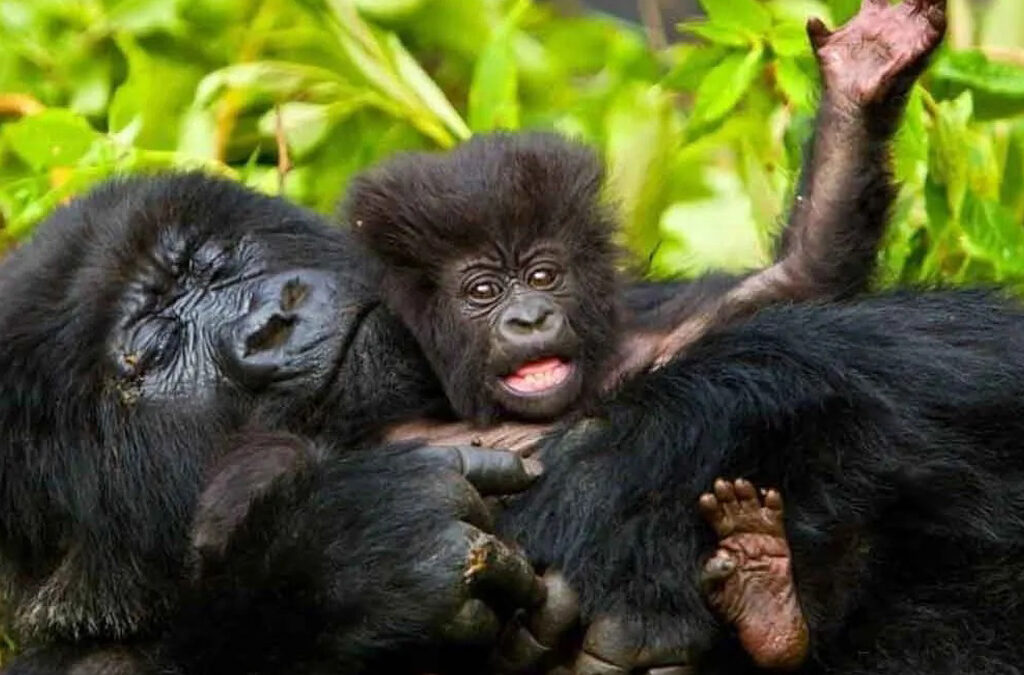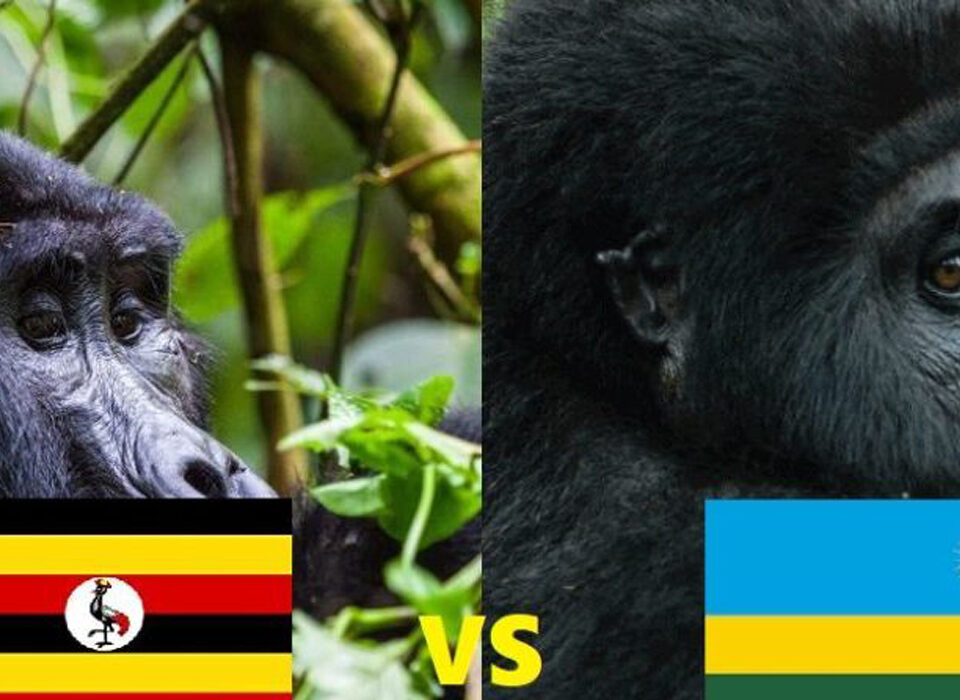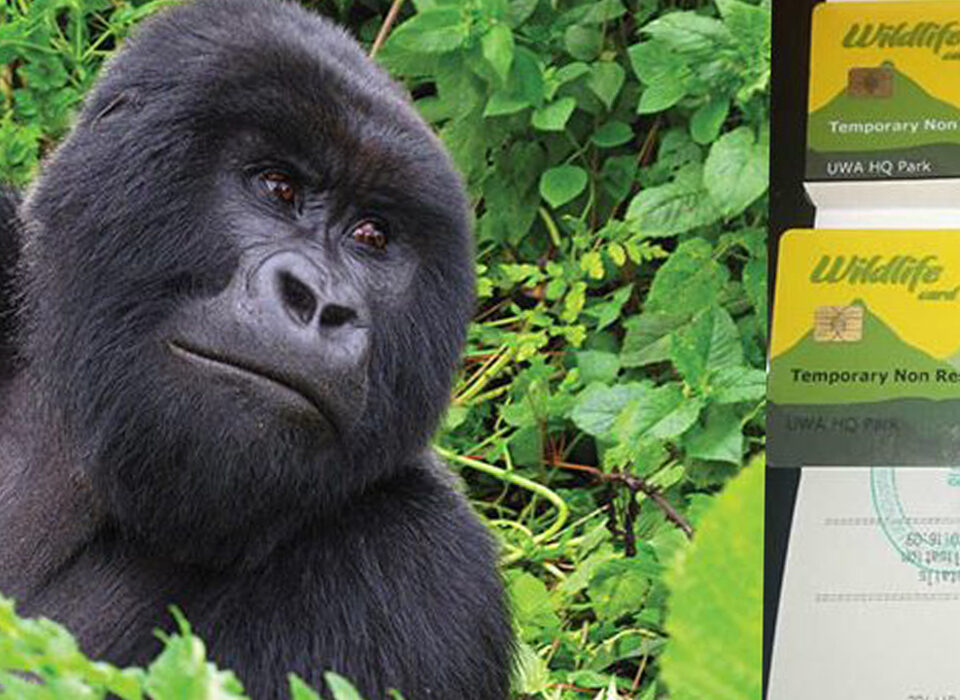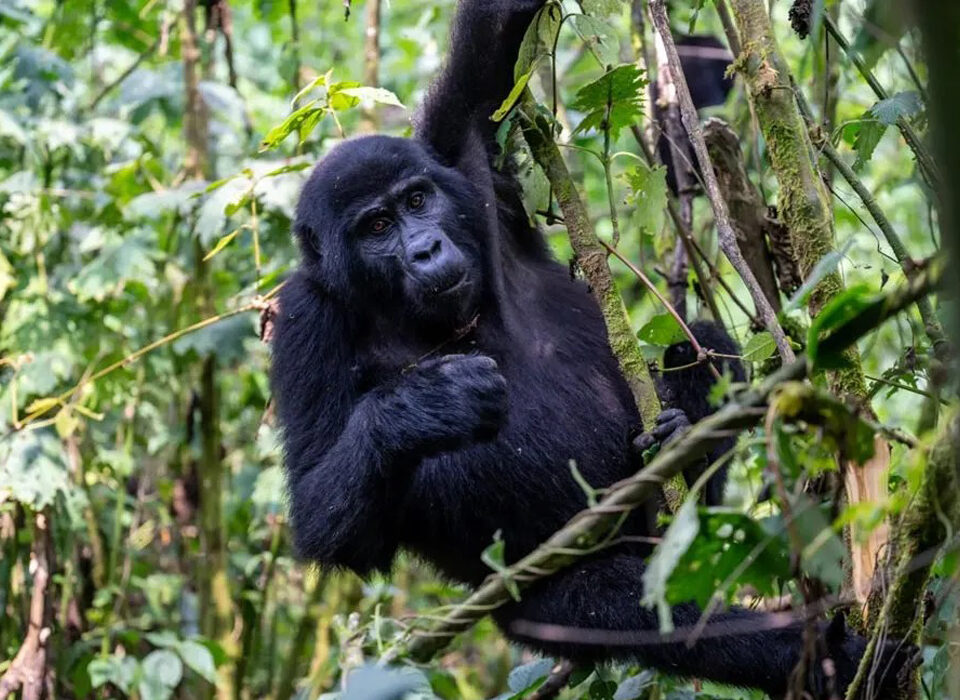- GET IN TOUCH WITH US:
- +256 753518160
- +256 777842166
- info@experiyatourcompany.com

Chimpanzee Trekking in Cyamudongo Forest
September 29, 2025
Reasons Why You Should Visit Mgahinga National Park in Uganda
September 29, 2025Gorilla Habituation Experience in Rushaga Sector

The Gorilla Habituation Experience in Rushaga offers the ultimate mountain gorilla encounter. This immersive adventure allows visitors to spend an extended time with semi-habituated gorillas in the Rushaga sector of Uganda’s Bwindi Impenetrable National Park. Unlike standard gorilla trekking, which limits observation to one hour, this full-day experience provides up to four hours of close observation alongside park rangers and researchers. The extended duration offers unparalleled insights into gorilla behavior, social dynamics, and conservation efforts, while actively supporting critical research initiatives.
Understanding the Habituation Process
Gorilla habituation operates differently from conventional trekking. Its primary goal is to condition wild gorillas to tolerate human presence without disrupting their natural behaviors. This meticulous process takes several years and requires patience, expertise, and consistent human-gorilla interactions under carefully controlled conditions.
Participants in the habituation experience join dedicated conservation teams to assist with ongoing efforts for semi-habituated gorilla families. These gorillas are not yet fully accustomed to human contact, which allows visitors to witness authentic, shy, and natural behaviors. Observing these semi-habituated gorillas provides rare insights into family dynamics, individual personalities, and social hierarchies, all while contributing directly to scientific research.
The exclusivity of the experience is evident through restricted group sizes. Only four tourists are allowed per gorilla family each day, compared to eight for standard treks. This small group ensures minimal disturbance to the gorillas while offering participants personalized attention from expert guides and researchers.
Daily Structure and Trek Dynamics
The day begins early, with a comprehensive briefing at 7:30 a.m. to maximize forest time and gorilla encounter opportunities. The trek itself is physically demanding, navigating dense, steep, and often slippery terrain within Bwindi’s impenetrable forest. Trekking duration varies depending on gorilla movement, which changes daily based on feeding patterns, weather, and social dynamics. Experienced trackers guide participants through the forest, following subtle signs such as feeding remnants, knuckle prints, dung, and overnight nests.
Upon locating the gorilla family, participants enjoy up to four hours of intimate observation. This extended period allows a deeper appreciation of complex behaviors, including morning routines, feeding, grooming, playful interactions among juveniles, and protective actions by silverbacks. The length of time enhances the opportunity to observe family relationships and social interactions that cannot be fully appreciated during standard treks.
Active Participation in Conservation Research
A unique aspect of the habituation experience is direct engagement with ongoing research. Participants assist with behavioral observations, individual gorilla identification, and documentation of family interactions. Visitors may mimic gorilla vocalizations to gauge responses, help identify individuals by distinctive features, and record behavioral patterns. This hands-on involvement transforms participants from passive observers into temporary conservation team members, deepening both understanding and connection with the gorillas and their habitats.
Comparing Habituation Experiences with Standard Trekking
The differences between habituation experiences and standard gorilla trekking extend beyond duration. While habituation provides up to four hours of observation, standard treks last only one hour. Group size also varies, with habituation limiting visitors to four per family, enhancing intimacy and reducing gorilla stress.
Permit costs reflect this exclusivity and extended duration, with habituation permits priced at $1,500 compared to $800 for standard treks. These fees support longer research activities, specialized equipment, and conservation programs. Additionally, semi-habituated gorillas display more cautious and natural behaviors, offering a truly authentic glimpse into their wild lives, unlike fully habituated families, which may show behaviors influenced by frequent human contact.
Booking Logistics and Preparation
Securing a habituation experience requires advance planning due to extremely limited availability. With only four permits per gorilla family per day, demand consistently exceeds supply, especially during peak seasons from June to August and December to February. Early booking is essential, and experienced tour operators can coordinate permits, accommodations, transportation, and other logistics to ensure a smooth experience.
Physical fitness requirements exceed those of standard trekking. Participants should be prepared for full-day hikes through steep, dense forests under unpredictable weather conditions.
Seasonal Considerations and Accommodation
While the experience operates year-round, the dry seasons from June to August and December to February offer the best conditions, with less muddy trails and more predictable weather. Accommodation planning is important, as early morning departures often require overnight stays in the Rushaga sector. Options range from budget guesthouses to luxury forest lodges, all located for convenient access to habituation experience starting points.
Conservation Impact and Legacy Benefits
Participation in gorilla habituation experiences generates substantial conservation benefits. Premium permit fees fund research activities, anti-poaching initiatives, and community development programs. Beyond financial support, participants become conservation ambassadors, gaining a deep understanding of the challenges and successes involved in mountain gorilla conservation.
The Rushaga gorilla habituation experience represents the pinnacle of wildlife encounters, combining scientific participation, conservation contribution, and intimate observation. This exclusive adventure offers a profound understanding of gorilla behavior while directly supporting conservation efforts that ensure the survival of mountain gorillas for generations to come. The investment in this premium experience yields both personal fulfillment and meaningful contributions to one of conservation’s most remarkable success stories.



